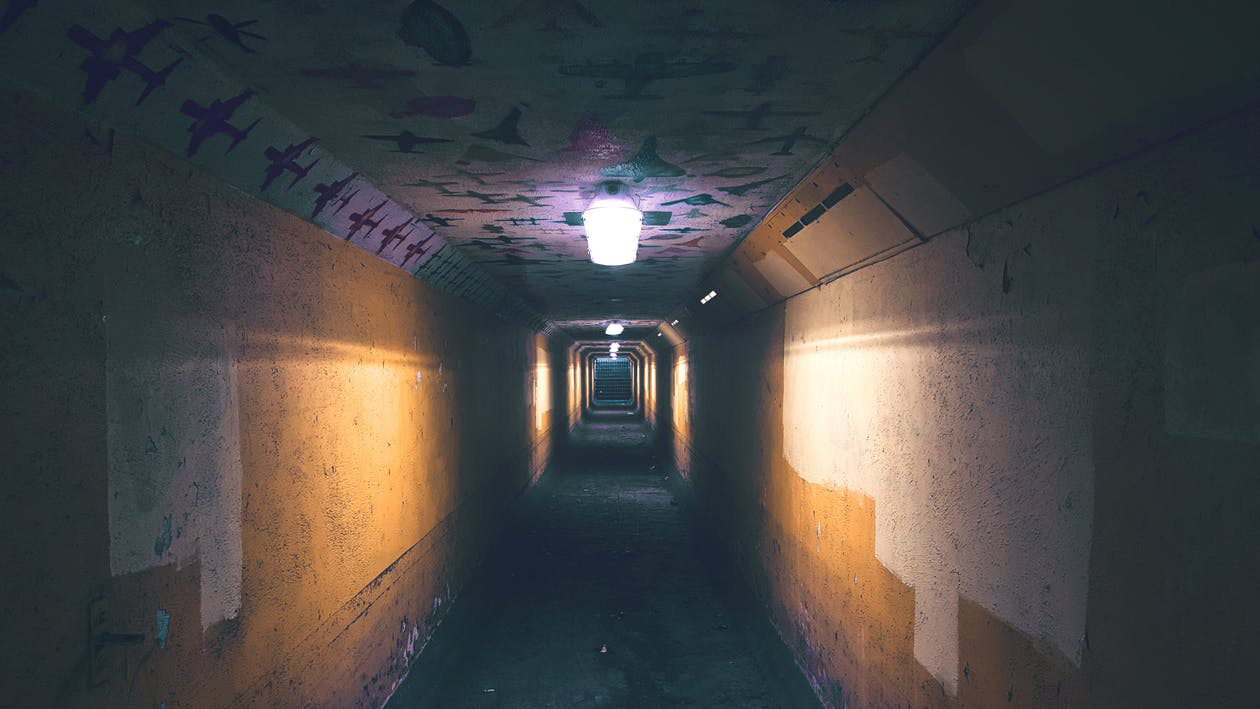improve
Mindfulness meditation works wonders for people with internalizing disorders, such as anxiety and depression. But what about people with externalizing disorders?
Frank Ostaseski is a Buddhist teacher and leading thinker in end-of-life care. This is what he’s learnt about appreciating life while you have it, and being truly present.
If you want to be a memory champion, this test is a good way to get started. Then maybe we can get a start on curing Alzheimer’s.


